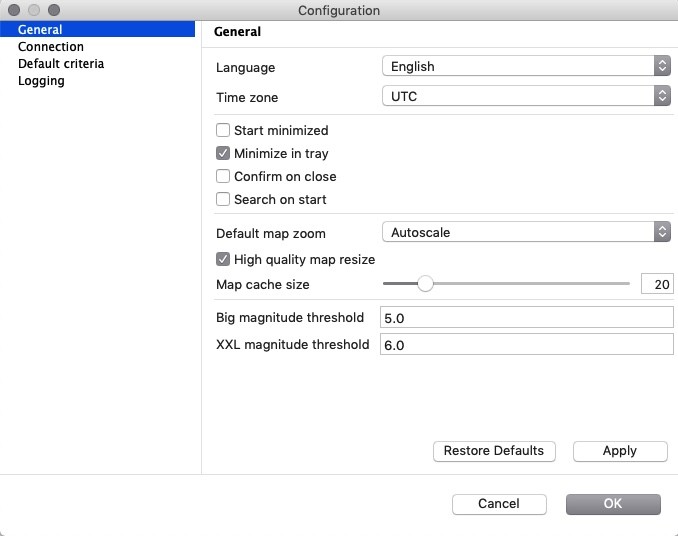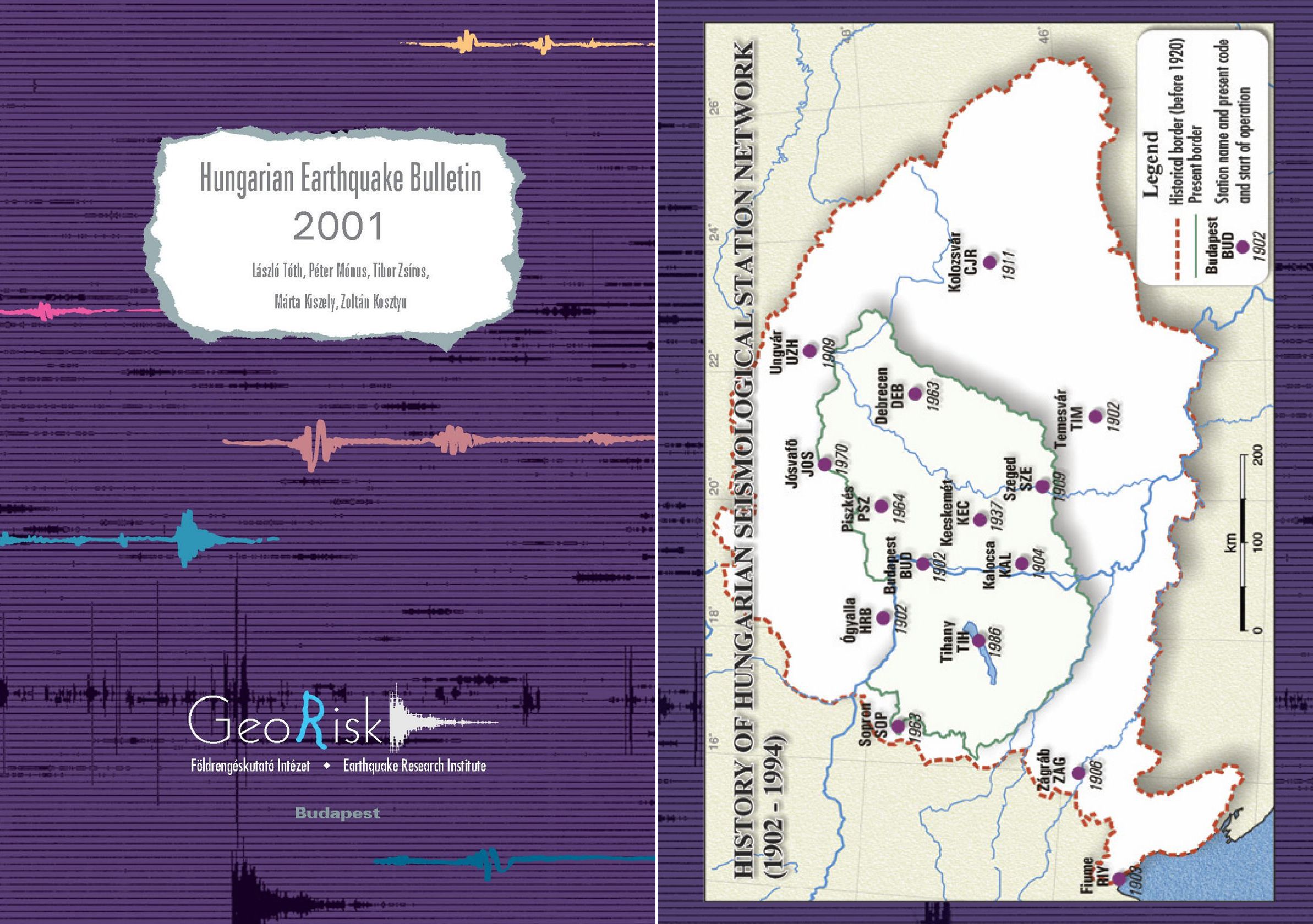

#Earthquake bulletin pdf
Is assigned in a probabilistic manner based on the relevant PDF values, making sure not to assign When PDFs overlap for a particular depth phase, phase identification Probability density functions (PDF) for depth phases,Ĭentered on their theoretical relative travel times for a given hypocenter, are compared to the Using a probabilistic association algorithm. Hence, depth phase arrivals are re-identified after each iteration in the EHB procedure

However, a problem with the use ofĭepth phases is that their correct identification often requires knowledge of the event depth andĭistance. Their travel time derivatives are opposite in sign to direct P. Depth to origin time trade-off is avoided by the inclusion of depth phases (pP, pwP, sP) because Phases because their travel-time derivatives differ significantly in magnitude from those of direct Additional constraints are often provided by these S- and P-wave core phases at critical azimuths. For events having a poorĪzimuthal distribution of P-wave arrivals, epicenter constraints are improved by the inclusion of Provide greater constraints on hypocenter parameters, especially focal depth. Many studies have shown that the inclusion of later arriving phases can Until recently, standard teleseismic catalogs (ISC, NEIC) relied almost entirely on first arriving P Symmetric, P- and S-velocity Earth model that provides a good average fit to reported phase arrival times.Ī direct method to improve seismic event locations is by better utilization of the data. Thus, for global earthquake location there has been convergence on a global, radially Most core phase times are quite well matched and aīaseline problem with Jeffreys-Bullen (JB Jeffreys and Bullen, 1940) travel times for PKP phases (Kennett and Engdahl, 1991) has been removed. The mantle S wave bias of the earlier iasp91 (1998) have shown that the model ak135 (Kennett et al., 1995) provides a very goodįit to a wide range of seismic phases. The selection of magnitudes for events prior to 1964 is described in Engdahl and Villasenor (2002).Įngdahl et al. Taken from the ISC bulletin, and the provenance of Mw values is the global CMT catalogue.

The EHB algorithm does not recalculate magnitudes the vast majority of the mb and Ms values are
#Earthquake bulletin Patch
Empirical teleseismic station patch corrections (for 5 x 5 degree patches).Ellipticity corrections for the ak135 model.Use of the teleseismic depth phases pP, pwP and sP (with PDFs and bounce point corrections).Use of first arriving P, S and PKP phases.Iterative relocation with dynamic phase identification.Use of the ak135 1-D travel-time model.(1998 EHB) algorithm includes the following elements: Limiting the events of interest only to those that are well-constrained teleseismically.In hypocenter determination can be significantly reduced and at least part of the lost structural The result is loss of structural signal in the residuals. Largely by errors in the reference Earth model, unaccounting for effects of lateral heterogeneity,Īnd phase misidentification. The main problem is the varying level of mislocation, particularly focal depth, introduced To be confidently applied to problems such as Earth structure determination. Hypocenters, associated phase arrival-times, and residuals, are often too inhomogeneous

(1998 EHB) algorithm has been used to significantly improve routine hypocenterĭeterminations made by the ISS, ISC and PDE before a new ISC location algorithm (Bondár and Storchak, 2011) was introduced for data year, 2009.Īlthough useful for seismic hazard assessment, global compilations of earthquake The EHB is a groomed version of the ISC Bulletin, and contains data for 141478 events from 1960 to 2008. We recommend that you use the ISC-EHB dataset instead.


 0 kommentar(er)
0 kommentar(er)
